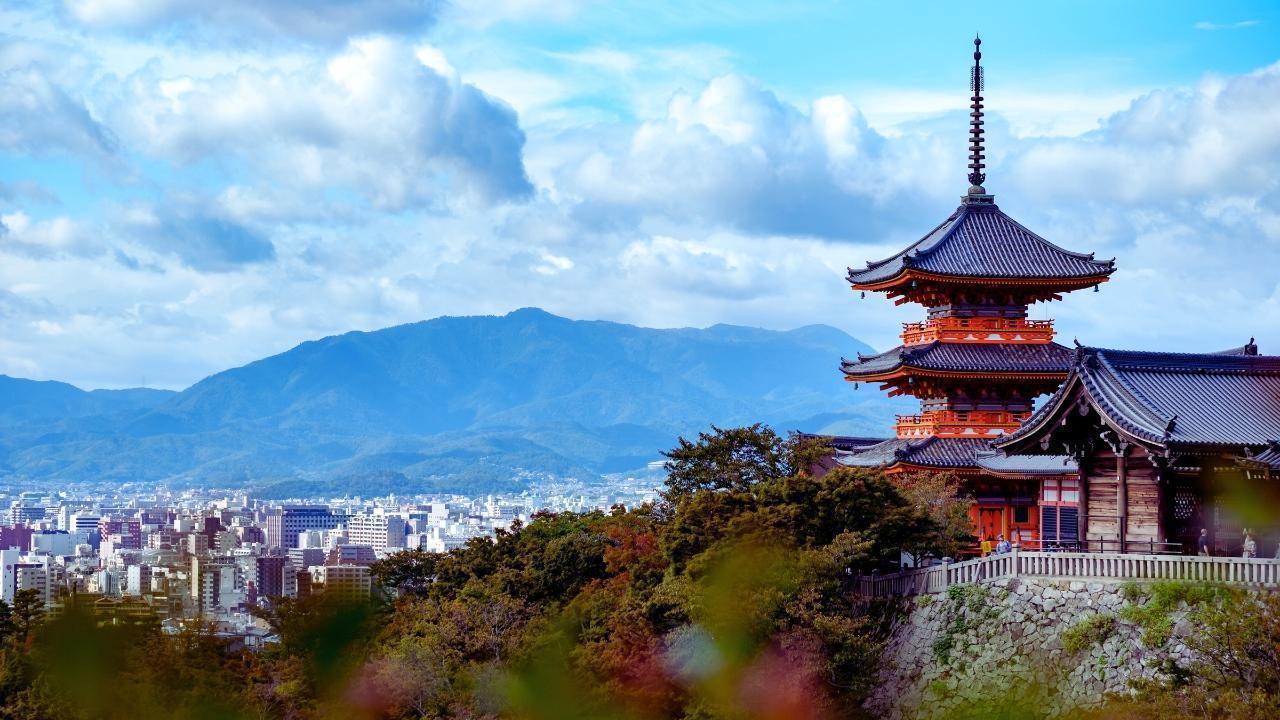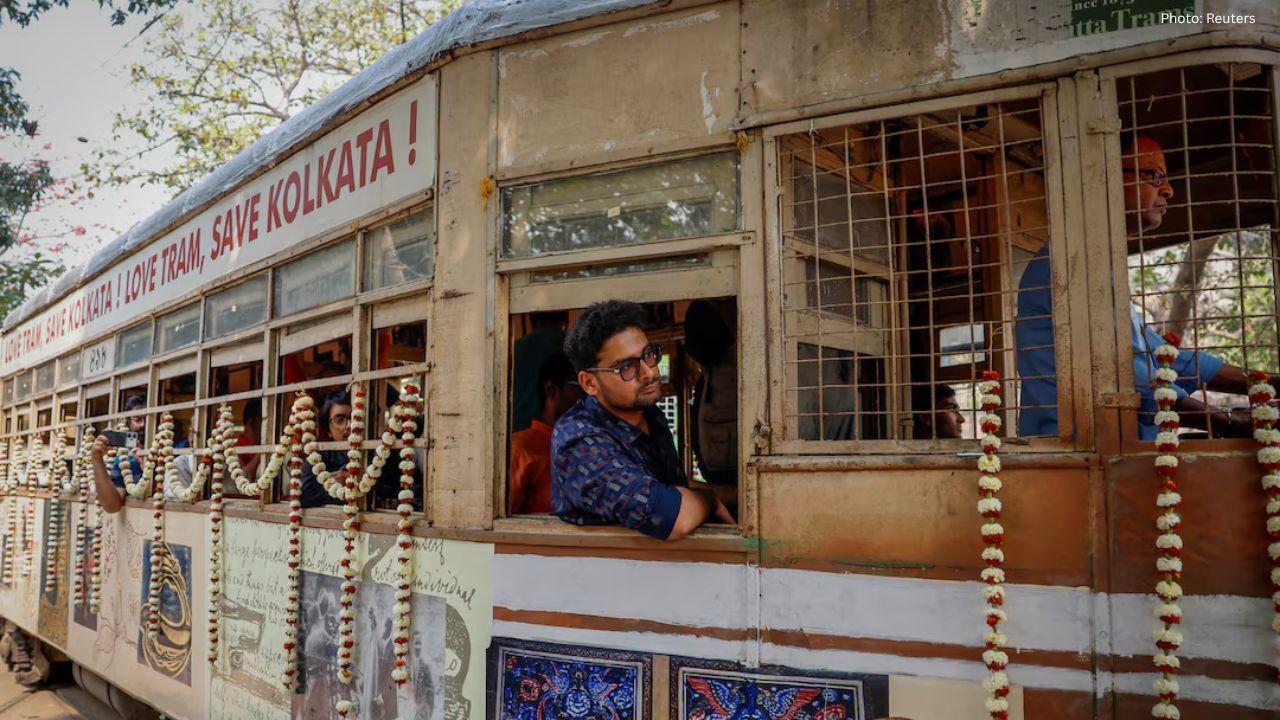You have not yet added any article to your bookmarks!

Join 10k+ people to get notified about new posts, news and tips.
Do not worry we don't spam!

Post by : Anis Farhan
In 2025, Australian travelers are rewriting their travel playbook. While Tokyo, Osaka, Beijing, and Shanghai have long dominated itineraries, a growing number of Aussies are bypassing the crowded megacities and venturing into quieter, less-commercialized destinations across China and Japan. This shift marks a broader trend toward authentic, culture-rich travel, where visitors prioritize deeper connections with local traditions, heritage, and landscapes over conventional tourist checklists.
Travel fatigue from congested city tourism has pushed Australians to seek calmer, more personal journeys. Rising costs in popular urban centers and the global trend of “slow travel” have only accelerated this change. For many, the appeal lies in experiencing destinations unshaped by mass tourism—villages with centuries-old crafts, rural retreats, or small towns brimming with culinary treasures.
Social media has also played its part. Instead of Instagram feeds filled with Tokyo’s neon lights or the Great Wall’s grandeur, Aussies are increasingly sharing snapshots of tranquil tea houses, mountain onsen towns, and hidden coastal trails. These offbeat stories are not only more relatable but also give travelers a sense of discovery.
Often overshadowed by Kyoto, Kanazawa is a haven for those wanting to experience traditional Japan without overwhelming tourist numbers. Its samurai districts, geisha teahouses, and the famous Kenrokuen Garden offer a quieter but equally enchanting cultural immersion.
This UNESCO World Heritage site in the Gifu Prefecture is famous for its gassho-zukuri farmhouses. Australians looking for snow-laden winterscapes or rustic village stays find Shirakawa-go a magical alternative to over-commercialized ski resorts.
Far removed from Japan’s buzzing urban life, Kinosaki is an onsen town where travelers wander in yukata robes, dipping between bathhouses. For Aussies, it provides a therapeutic escape rooted in centuries-old traditions.
Located in Hunan Province, Zhangjiajie’s towering sandstone pillars became globally known after inspiring James Cameron’s “Avatar.” While Chinese tourists are familiar with the site, international visitors—especially Australians—are increasingly drawn to its surreal landscapes and glass-bottom skywalks.
Nestled along the Li River in Guangxi Province, Yangshuo has become a favorite for Aussies seeking cycling tours, bamboo rafting, and scenic karst mountain views. Unlike big cities, Yangshuo offers a balance of nature and slow-paced village charm.
This well-preserved walled city in Shanxi Province transports travelers back in time. Aussies exploring Pingyao can walk along centuries-old cobblestone streets, visit ancient banks, and immerse themselves in the architectural richness of imperial China.
The growing fascination with offbeat China and Japan destinations comes down to three key factors: affordability, authenticity, and accessibility. With direct flights expanding to secondary airports in Asia, reaching smaller towns and hidden gems has become easier. Moreover, local governments in both countries are actively promoting sustainable tourism, investing in infrastructure that welcomes international travelers while preserving cultural heritage.
For Australians, who already share deep cultural ties with Asia through education, trade, and migration, these journeys represent more than tourism—they foster cultural understanding. Travelers often return home with stories of tea ceremonies in quiet villages, calligraphy workshops in ancient towns, or serene hikes through untouched landscapes.
As 2025 unfolds, it is clear that Australian tourism in Asia is no longer about ticking off the big cities. The desire for meaningful, authentic experiences is pushing travelers into the heartlands of China and Japan. This trend not only benefits local economies but also ensures that tourism contributes to cultural preservation rather than erosion.
For Aussies, these hidden gems are more than destinations—they’re reminders that travel is not just about where you go but how deeply you connect with the places you visit. The coming years will likely see more Australians seeking out these authentic corners of Asia, setting a new benchmark for cross-cultural travel in the region.
The views expressed in this article are based on observed travel trends and cultural insights. Traveler preferences may vary, and readers are encouraged to research destinations before planning trips.










Two Telangana Women Die in California Road Accident, Families Seek Help
Two Telangana women pursuing Master's in the US died in a tragic California crash. Families urge gov

Ranveer Singh’s Dhurandhar Roars Past ₹1100 Cr Worldwide
Ranveer Singh’s Dhurandhar stays unstoppable in week four, crossing ₹1100 crore globally and overtak

Asian Stocks Surge as Dollar Dips, Silver Hits $80 Amid Rate Cut Hopes
Asian markets rally to six-week highs while silver breaks $80, driven by Federal Reserve rate cut ex

Balendra Shah Joins Rastriya Swatantra Party Ahead of Nepal Polls
Kathmandu Mayor Balendra Shah allies with Rastriya Swatantra Party, led by Rabi Lamichhane, to chall

Australia launches review of law enforcement after Bondi shooting
Australia begins an independent review of law enforcement actions and laws after the Bondi mass shoo

Akshaye Khanna exits Drishyam 3; Jaideep Ahlawat steps in fast
Producer confirms Jaideep Ahlawat replaces Akshaye Khanna in Drishyam 3 after actor’s sudden exit ov